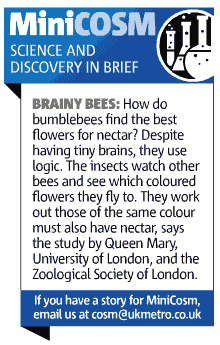NEWS

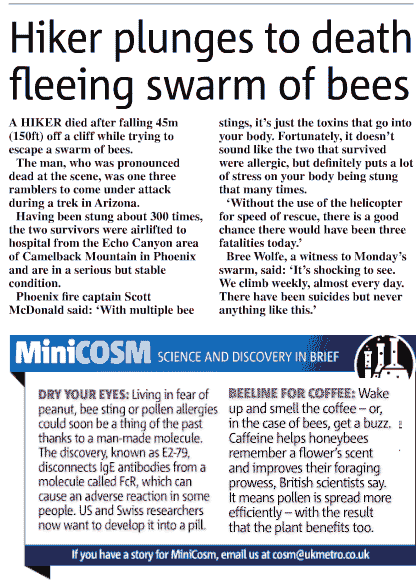
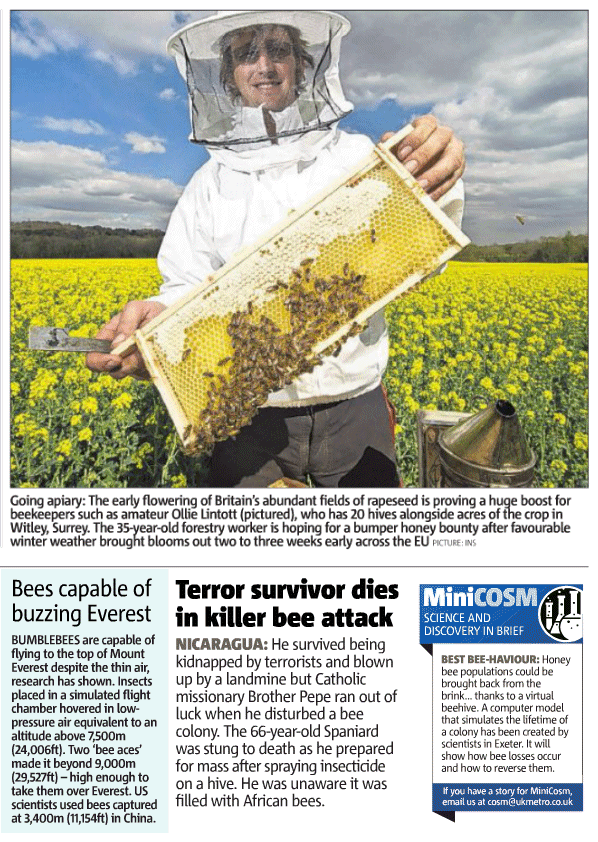
Bees 'pick up electric signals'
Plants use electric fields to communicate with bees, scientists have learned.
Tests revealed that bees can distinguish between different floral fields, as if they were petal colours. The electric signals may also let the insects know if another bee has recently visited a flower. How bees detect the fields is unknown, but the researchers suspect the electrostatic force might make their hair bristle. A similar hair-raising effect is seen when placing one's head close to an old-style TV screen. Flowers were already known to use bright colours, patterns and enticing scents to attract pollinators. Electrical signals may provide a deeper level of communication, the scientists believe. Dr Heather Whitney, a member of the University of Bristol team, said: "This novel communication channel reveals how flowers can potentially inform their pollinators about the honest status of their precious nectar and pollen reserves."
Plants are known to emit weak negatively charged electric fields, and bees
acquire a positive charge of up to 200 volts as they fly through the air.
As a charged bee approaches a flower, the difference in electrical potential
is not enough to produce sparks, but can be felt by the
insect. The researchers investigated the signals by placing electrodes in the stems of petunias. They found that when a bee landed on a flower, the plant's electrical potential changed and remained altered for several minutes. This could be a way of letting a bee know it is landing on a flower that has already been visited and lost its nectar, the scientists speculate. Study leader Professor Daniel Robert said: "This novel communication channel reveals how flowers can potentially inform their pollinators about the honest status of their precious nectar and pollen reserves. The last thing a flower wants is to attract a bee and then fail to provide nectar; a lesson in honest advertising since bees are good learners and would soon lose interest in an unrewarding flower." To their surprise, the scientists discovered that bumblebees can distinguish between different floral electric fields. They were also quicker at learning the difference between two flower colours when electrical signals were also present. Prof Robert added: "The co-evolution between flowers and bees has a long and beneficial history, so perhaps it's not entirely surprising that we are still discovering today how remarkably sophisticated their communication is."
|
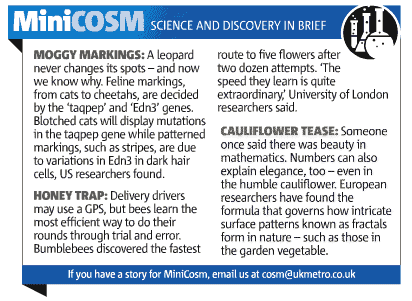

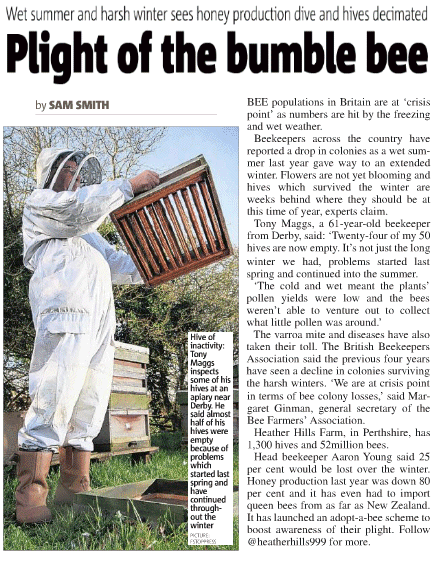
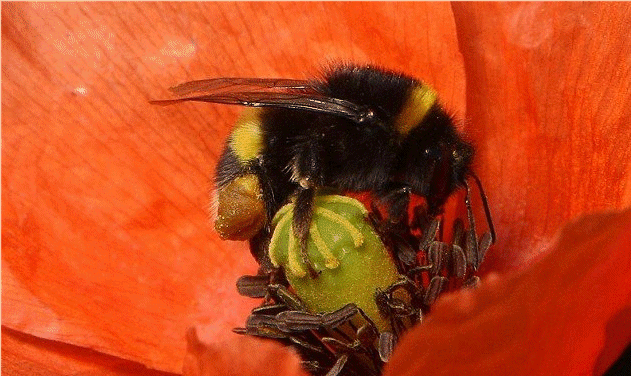

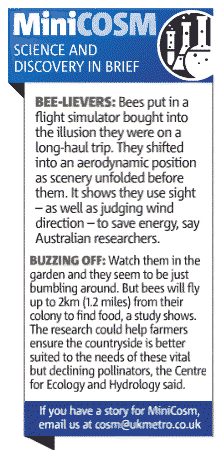 Bumblebees are able to find and decipher weak electric signals emitted by
flowers, according to a study published in the latest online edition of the
journal Science.
Bumblebees are able to find and decipher weak electric signals emitted by
flowers, according to a study published in the latest online edition of the
journal Science.
